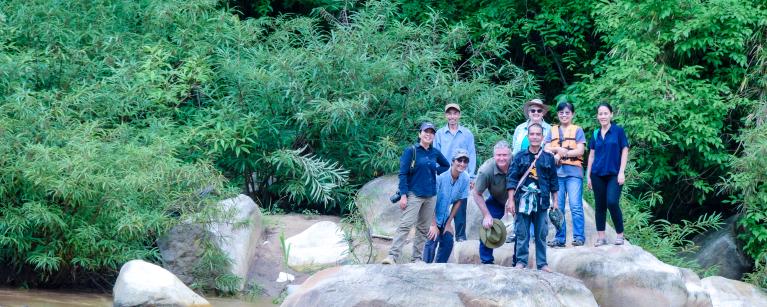During a recent meeting, villagers from Mae Ngao highlighted significant flaws in an official Environmental Impact Assessment (EIA) for the Bhumibol Reservoir Inflow Augmentation Project. They criticized the assessment's process, scope, and inaccurate information about biodiversity, such as the fish species in the Yuam River.
A significant error was the EIA's claim that only four villagers in Mae Ngao would be affected by the project. A resident, whose house is adjacent to one of the mentioned four, questioned this, pointing out the inconsistency in the assessment.
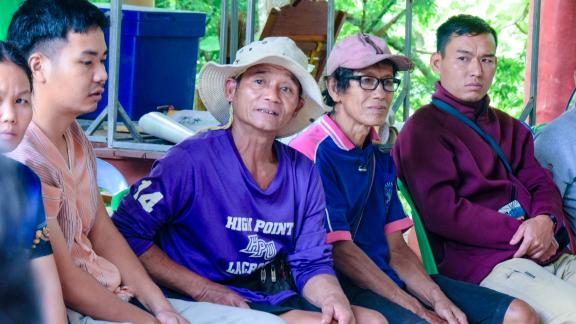
“I live next to his house. How come that his house will be impacted and not mine? It is not the right assessment.”
Additionally, a local Karen researcher presented cultural mapping results, demonstrating the diverse fish species and their habitats along the Yuam River. The unique ecosystem, characterized by rapidly flowing water, is crucial for aquatic life. Blocking the river with a dam, she explained, would devastate the fish population, which cannot survive in stagnant water.
Mae Ngao village, located in Mae Ngao National Park, faces significant threats if the project proceeds. The park, vital for the community’s livelihoods through fishing, cattle raising, and non-timber forest products, would see 20% of its area submerged, disrupting these activities.
“Nature has the right to speak, we are living on the same planet.”
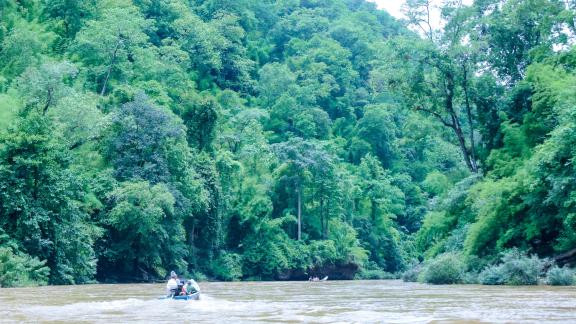
Mae Ngao village is located in the Mae Ngao National Park. Another Karen woman researcher explained the three distinct classifications of this National Park:
- 30% are hilltops – where mushrooms can be collected twice per year.
- 50% is the middle layer of the park – where specific leaves are collected, that can be made into roofs for houses.
- 20% is along the river and river bank.
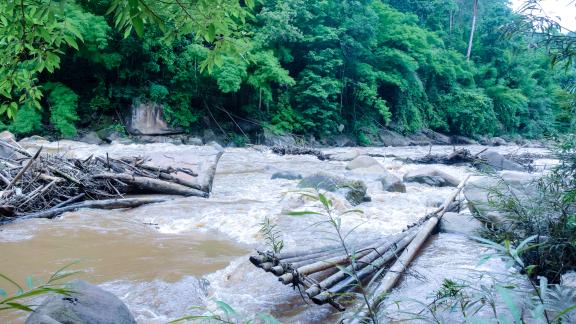
The final 20% of Mae Ngao National Park is the primary concern for local communities if the proposed water diversion project proceeds. This area, which would be submerged, is crucial for many livelihood activities, including fishing and cattle raising, which would be severely impacted.
Villagers have extensively used their findings in stakeholder meetings and have lodged a complaint to the Administrative Court of Thailand, seeking the cancellation of the project's EIA. They call for the use of their People’s EIA, which they argue provides a more accurate depiction of the project's impacts.
The water diversion project from the Yuam River is seen as a preliminary move towards a larger hydropower project on the Salween River - currently the longest undammed river in mainland Southeast Asia. From its headwaters in Tibet to its estuary in Myanmar, the Salween remains relatively untouched.
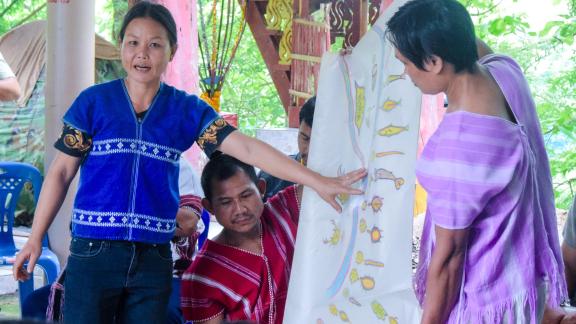
Community members, confident in their knowledge and information, are committed to preserving their vital resources and will continue to oppose the proposed project.
““We don’t want our grandkids to ask – why didn’t you fight?””
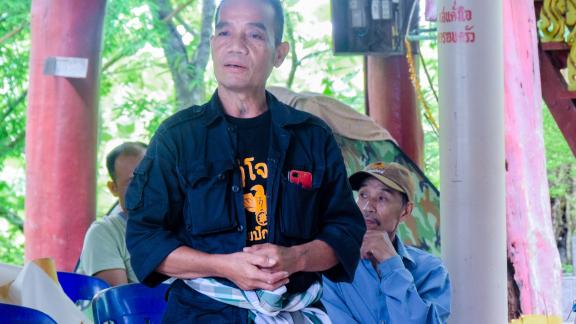
During the visit, community members expressed a strong belief in the importance of their local knowledge and high-quality information collected as essential tools for driving change to the proposed developments. They emphasized their commitment to keeping their network of people active and engaged to ensure the preservation of the vital resources that have sustained their community for generations.
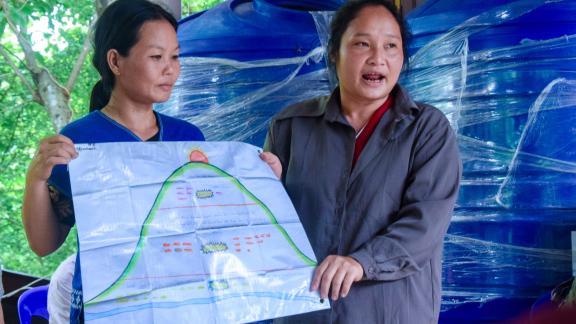
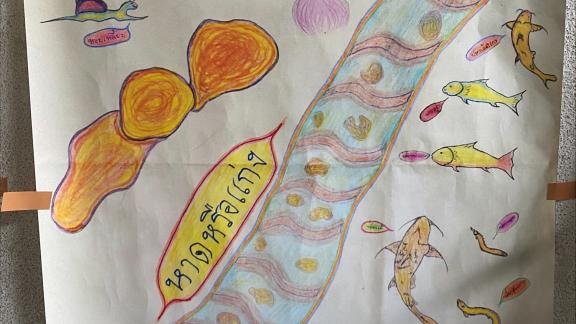
This research project, supported by Chiang Mai University’s Center for Ethnic Studies and Development (CESD) and funded by Australian Aid and the Swiss Agency for Development Cooperation (SDC), underscores the villagers' commitment to opposing the water diversion project.
All photos used in this document are taken by CESD.
